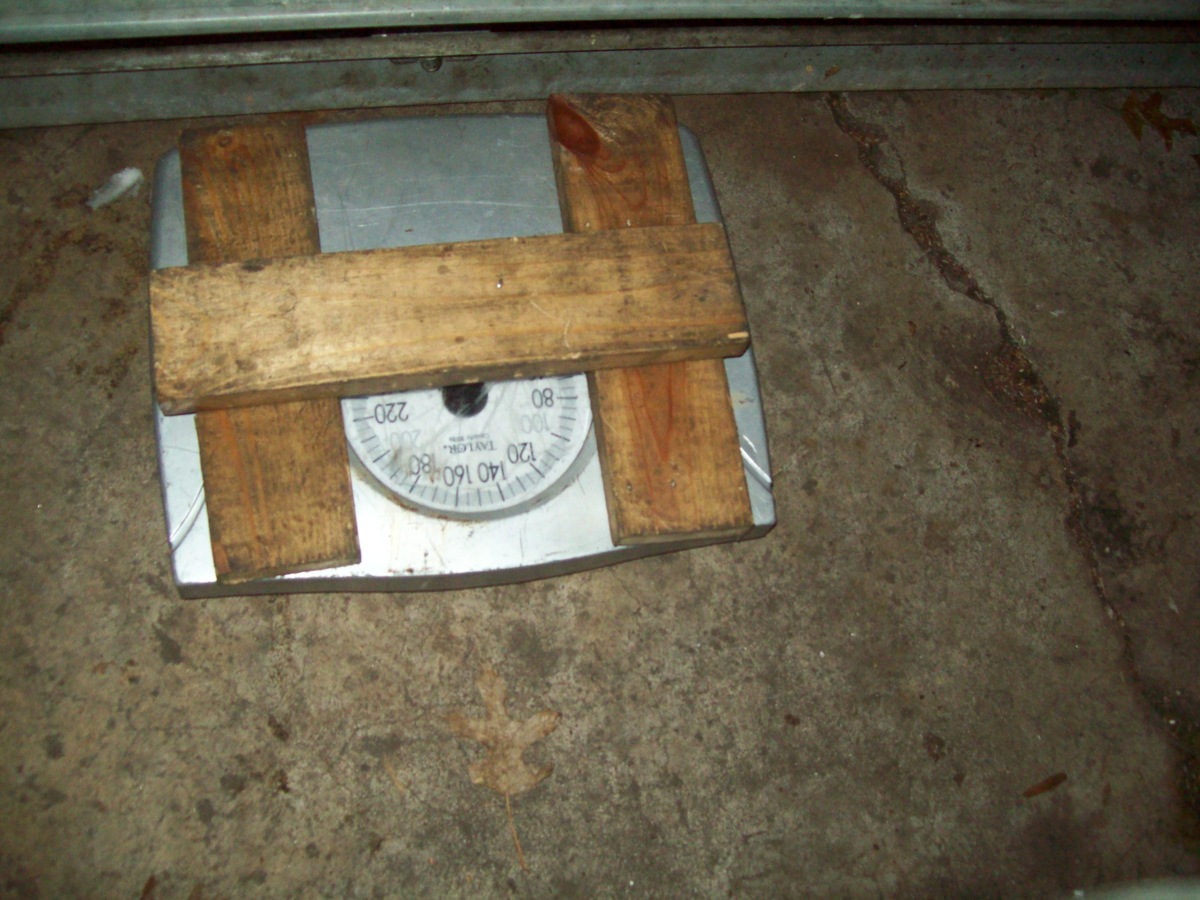

Articles
How To Weigh Garage Door
Modified: February 23, 2024
Looking for articles on how to weigh a garage door? Find step-by-step guides and helpful tips for accurately measuring the weight of your door.
(Many of the links in this article redirect to a specific reviewed product. Your purchase of these products through affiliate links helps to generate commission for Storables.com, at no extra cost. Learn more)
Introduction
When it comes to garage doors, understanding their weight capacity is crucial for various reasons. Whether you’re planning to install a new garage door opener, replace the springs, or simply want to ensure your garage door is operating safely, knowing the weight of the door is essential. Estimating the weight capacity of your garage door allows you to choose the right hardware, springs, and opener that can handle the load without any issues.
In this article, we’ll guide you through the process of weighing your garage door to determine its weight capacity. By following these steps, you’ll be able to make informed decisions when it comes to maintenance, repairs, or upgrades for your garage door.
Key Takeaways:
- Weighing your garage door is crucial for safety and functionality. By following simple steps and using the right tools, you can accurately determine its weight capacity and make informed decisions for maintenance and upgrades.
- Understanding the material, springs, and manufacturer’s specifications is key to determining the weight capacity of your garage door. Seeking professional assistance ensures safe and reliable operation for years to come.
Read more: How Much Does A Double Garage Door Weigh
Determining the Weight Capacity of Your Garage Door
Before diving into the actual process of weighing your garage door, it’s important to understand why knowing the weight capacity is so important. The weight capacity of your garage door refers to the amount of weight it can safely support without compromising its functionality or causing damage.
By knowing the weight capacity, you can ensure that your garage door opener, springs, and other hardware are capable of handling the load. This is crucial for preventing accidents and prolonging the lifespan of your garage door system.
To determine the weight capacity of your garage door, you’ll need to follow a few simple steps. These steps will involve taking measurements, assessing the materials used, and identifying the type of springs in your garage door system.
Let’s get into the details of how to determine the weight capacity of your garage door.
Tools and Equipment Needed
Before you begin the process of weighing your garage door, it’s important to gather the necessary tools and equipment to ensure an accurate measurement. Here are the tools you’ll need:
- Tape measure
- Bathroom scale or industrial scale
- Helper or assistant
- Safety goggles and gloves (optional)
A tape measure will be used to measure the width and height of your garage door. Make sure it’s a sturdy tape measure that can easily extend across the width of the door.
You’ll need a scale to measure the actual weight of your garage door. A bathroom scale can work if it has a high enough weight limit. However, for more accuracy, an industrial scale would be ideal. Ensure that the scale can handle the weight of your garage door.
Having a helper or assistant is highly recommended, as the process of weighing the garage door may require lifting and maneuvering the door. Make sure your helper is physically capable of assisting with the weighing process.
Additionally, you may want to wear safety goggles and gloves for added protection, especially if you’ll be working with tools or handling any potentially sharp or heavy components of the garage door.
Once you have gathered these tools and equipment, you’re ready to move on to the next steps of weighing your garage door.
Step 1: Clear the Garage Door
Before you can accurately weigh your garage door, it’s important to clear any obstacles or items that may be blocking or interfering with the door. This ensures that you can safely and easily access the door without any hindrance during the weighing process.
Start by removing any vehicles, bicycles, or other large items that may be stored in your garage. Clear the area directly in front of and around the garage door to create a safe working space. This will allow you to freely move the door and take necessary measurements.
Next, inspect the tracks and rollers to ensure they are clean and free from any debris. If there is any dirt, dust, or obstructions, clean them out using a brush or soft cloth. This will help the door to operate smoothly and prevent inaccurate weight readings.
Additionally, check for any loose or damaged parts, such as hinges, screws, or brackets. It’s important to address any necessary repairs or replacements before proceeding with weighing the garage door. If you notice any significant issues, it may be best to consult a professional for assistance.
Once the area is cleared and any necessary maintenance has been completed, you’re ready to move on to the next step of disconnecting the opener.
Step 2: Disconnect the Opener
In order to accurately measure the weight of your garage door, you’ll need to disconnect the opener. This step ensures that the weight of the door is not influenced by the assistance of the opener mechanism.
Start by locating the power source of your garage door opener and disconnecting it. This may involve unplugging it from the electrical outlet or flipping the circuit breaker that controls the power to the opener. This step is crucial for ensuring your safety during the weighing process.
Once the power source is disconnected, locate the emergency release handle or cord on the opener mechanism. This is usually a red handle or cord attached to the opener track near the ceiling of the garage. Pull down on the handle or cord to disengage the opener from the door. This will allow you to manually operate the door without the assistance of the opener.
It’s important to note that once the opener is disconnected, the garage door may be quite heavy to lift manually. This is where having a helper or assistant comes in handy. Work together to safely lift and lower the door during the weighing process.
Make sure to secure the opener cord or handle in a safe place to prevent it from accidentally re-engaging during the weighing process. You want to ensure that the door remains in a fully manual state for accurate weight measurements.
With the opener disconnected, you’re now ready to move on to the next step of measuring the width and height of the garage door.
Read more: How To Make A Garage Door
Step 3: Measure the Door’s Width and Height
Accurately measuring the width and height of your garage door is a crucial step in determining its weight capacity. By obtaining these dimensions, you’ll be able to calculate the total square footage of the door, which will later be used in the weight estimation process.
To measure the width of your garage door, start by positioning your tape measure horizontally across the opening of the door. Measure from one side of the opening to the other, taking note of the measurement. Be sure to measure the widest point of the opening, including the frame and any weatherstripping if present. Record the width measurement for later use.
Next, move on to measuring the height of the garage door. Position your tape measure vertically along one side of the opening, starting from the floor and extending all the way up to the top of the opening. Again, take note of the measurement, including the frame and any additional components that add to the height of the door. Record the height measurement.
It’s important to ensure that your measurements are as accurate as possible. Use a sturdy tape measure and avoid any sagging or bending of the tape. Take multiple measurements if necessary to double-check the accuracy and calculate the average for a more precise result.
Once you have measured the width and height, you’re ready to move on to the next step of calculating the total square footage of the garage door.
Step 4: Calculate the Total Square Footage
Calculating the total square footage of your garage door is an important step in determining its weight capacity. The square footage measurement will give you an approximate idea of the size and surface area of the door, which is a key factor in estimating its weight.
To calculate the total square footage, multiply the width and height measurements that you recorded in the previous step. For example, if your width measurement is 8 feet (96 inches) and your height measurement is 7 feet (84 inches), you would multiply 96 by 84 to get a total of 8,064 square inches.
To convert the square inches to square feet, divide the total square inches by 144 (since there are 144 square inches in a square foot). Using the previous example, dividing 8,064 by 144 would give you a total of 56 square feet.
It’s important to note that this calculation provides an approximate estimation of the garage door’s surface area. The actual weight of the door will be influenced by other factors such as the material used and the presence of insulation or additional components.
By calculating the total square footage, you now have a rough idea of the size of your garage door. This information will be useful in the next steps of determining its weight capacity.
When weighing a garage door, make sure to disconnect the opener and lift the door manually. Use a bathroom scale to measure the weight by placing it under the center of the door. This will help determine if the springs and opener are properly balanced.
Step 5: Assess the Material of the Garage Door
The material of your garage door plays a significant role in determining its weight capacity. Different materials have different densities and weights, which directly affect the overall weight of the door.
There are several common materials used for garage doors, including:
- Steel: Steel garage doors are sturdy and durable, offering excellent strength and security. They tend to be heavy compared to other materials due to the density of steel.
- Wood: Wooden garage doors exude a classic and elegant look. Their weight can vary depending on the type of wood used, with solid wood doors being heavier than those constructed with wood composite or veneer.
- Aluminum: Aluminum garage doors are lightweight and resistant to rust and corrosion. They are typically lighter compared to steel or wood doors.
- Fiberglass: Fiberglass doors are known for their durability and resistance to moisture. They are lightweight and can be a good option for those looking for a lighter garage door.
- Vinyl: Vinyl garage doors are low-maintenance and durable. They are generally lighter compared to steel or wood doors.
To assess the material of your garage door, visually inspect the door and consult any documentation or information provided by the manufacturer. If you’re unsure, you can often determine the material by tapping on the door. Steel doors will produce a solid sound, while wood, aluminum, and fiberglass doors may have a more hollow sound.
Understanding the material composition of your garage door will give you insight into its potential weight. Keep in mind that additional factors, such as insulation or attachments, may also contribute to the overall weight of the door.
Now that you’ve assessed the material of your garage door, you’re ready to move on to identifying the type of springs used in your garage door system.
Step 6: Identify the Type of Garage Door Springs
The type of springs used in your garage door system is another important factor in determining its weight capacity. Garage doors typically use two types of springs: torsion springs and extension springs.
Torsion Springs: Torsion springs are commonly found in modern garage door systems. They are installed above the door, parallel to the top of the opening. These springs work by twisting and storing energy when the door is closed, and releasing it to assist in opening the door. Torsion springs are generally stronger and more efficient than extension springs, making them suitable for heavier garage doors.
Extension Springs: Extension springs are typically found in older garage door systems. They are mounted on each side of the door, stretching vertically to assist in opening the door. Extension springs expand and contract when the door is opened or closed, using tension to support and counterbalance the weight of the door. These springs are generally used for lighter garage doors.
To identify the type of springs in your garage door system, visually inspect the area above the door and along the sides. Torsion springs are usually installed above the door, while extension springs are noticeable along the sides, attached to tracks or brackets.
If you’re unsure about the type of springs or need assistance in identifying them, it’s recommended to consult a professional garage door technician. They have the expertise to determine the type of springs and provide guidance regarding weight capacity.
Once you have identified the type of springs used in your garage door system, you can move on to the next step of determining the weight capacity.
Read more: How To Adjust A Garage Door
Step 7: Determine the Weight Capacity
Now that you have gathered all the necessary information, including the measurements, material, and type of springs, you can proceed to determine the weight capacity of your garage door.
For torsion spring systems:
- Refer to the manufacturer’s documentation or consult a professional to find the recommended weight capacity for the specific type and size of torsion springs used in your garage door system.
- If the manufacturer’s information is not available, you can use an online torsion spring calculator that takes into account the dimensions of your garage door to estimate the weight capacity.
- Compare the weight capacity from the manufacturer or torsion spring calculator with the weight of your garage door to ensure it falls within the recommended range. If it exceeds the capacity, it may be necessary to upgrade to a stronger torsion spring system or consult a professional for further assistance.
For extension spring systems:
- Refer to the manufacturer’s documentation or consult a professional to find the recommended weight capacity for the specific type and size of extension springs used in your garage door system.
- If the manufacturer’s information is not available, you can use an online extension spring calculator that takes into account the measurements of your garage door to estimate the weight capacity.
- Compare the weight capacity from the manufacturer or extension spring calculator with the weight of your garage door to ensure it falls within the recommended range. If it exceeds the capacity, it may be necessary to upgrade to stronger extension springs or consult a professional for further assistance.
It is important to note that these weight capacity calculations provide estimates and guidelines. If you have any concerns or doubts about the weight capacity of your garage door, it’s always recommended to seek professional advice. A professional garage door technician can assess your specific situation and provide accurate recommendations for maintaining a safe and functional garage door system.
With the weight capacity determined, you now have crucial information to make informed decisions regarding maintenance, repairs, or upgrades for your garage door.
Step 8: Check the Manufacturer’s Specifications
Checking the manufacturer’s specifications is an important step in determining the weight capacity of your garage door. The manufacturer’s specifications provide valuable information about the design, construction, and intended usage of the door, including its weight capacity.
Start by locating the manufacturer’s label or sticker on your garage door. This label is typically found on the interior side of the door or on the opener mechanism. It contains important details about the door, including its model number, serial number, and weight capacity.
Once you have located the manufacturer’s label, carefully read through the information provided. Look for any specific weight capacity values or load ratings mentioned. The manufacturer’s specifications may include a maximum weight or a range of weights that the door is designed to handle.
Keep in mind that the weight capacity mentioned by the manufacturer is based on the door’s original design and intended usage. If you have made modifications to the door or it has been subjected to significant wear and tear, the actual weight capacity may differ.
If you are unable to find the manufacturer’s specifications or the information provided is unclear, you can reach out to the manufacturer directly or consult a professional garage door technician. They will be able to provide further guidance based on the specific details of your garage door.
By checking the manufacturer’s specifications, you ensure that you are working within the recommended weight limits for your garage door, promoting safe and reliable operation.
Now that you have checked the manufacturer’s specifications, you’re ready to move on to the final step of weighing your garage door – consulting a professional if needed.
Step 9: Consult a Professional if Needed
If you have any concerns or uncertainties throughout the process of weighing your garage door or determining its weight capacity, it is always wise to consult a professional garage door technician. They have the expertise and knowledge to assess your specific situation and provide accurate recommendations.
A professional technician can perform a comprehensive evaluation of your garage door system, taking into account factors such as its design, condition, and any modifications that have been made. They have access to specialized tools and equipment that can provide precise weight measurements and accurately assess the weight capacity.
Consulting a professional ensures that you receive expert guidance based on your unique circumstances. They can recommend appropriate upgrades or adjustments to the hardware, springs, or opener, if necessary, to ensure that your garage door operates safely and efficiently.
Additionally, a garage door professional can offer valuable insights and tips for ongoing maintenance and care of your garage door. They can provide recommendations on lubrication, regular inspections, and any necessary repairs or replacements that may be required to maintain the optimal performance of your garage door system.
Remember, the primary goal is to ensure the safety of your garage door and its components. Seeking professional assistance is always a prudent choice if you’re unsure or uncomfortable with any aspect of the weighing process or determining the weight capacity.
With the help of a professional, you can have peace of mind knowing that your garage door is operating correctly and safely, providing long-lasting reliability for years to come.
Now that you have completed the steps to weigh your garage door and determine its weight capacity, you have the necessary information to make informed decisions for maintenance, repairs, or upgrades.
Finally, always prioritize safety when working with your garage door and its components. If you are uncertain about any aspect or feel uncomfortable performing any of the steps, it is best to seek professional assistance to ensure a secure and accurate assessment of your garage door’s weight capacity.
Conclusion
Weighing your garage door and determining its weight capacity is an essential process in ensuring the safe and smooth operation of your garage door system. By following the steps outlined in this article, you can accurately estimate the weight of your garage door and make informed decisions regarding maintenance, repairs, or upgrades.
Throughout the process, it’s important to gather the necessary tools and equipment, such as a tape measure and scale, and ensure that the area around the garage door is clear of any obstacles. Disconnecting the opener and measuring the width and height of the door are crucial steps in obtaining accurate weight measurements.
Assessing the material of your garage door, identifying the type of springs used, and consulting the manufacturer’s specifications all contribute to determining the weight capacity. These factors provide valuable insights into the strength and load-bearing capabilities of your garage door.
If you encounter any uncertainties or have concerns about the weight capacity, it’s always recommended to consult a professional garage door technician. They can provide expert guidance and perform a detailed evaluation to ensure the safe and efficient operation of your garage door system.
Remember to prioritize safety throughout the entire process. If at any point you feel unsure or uncomfortable, it’s best to seek professional assistance to avoid any potential accidents or damage.
By following these steps and taking the necessary precautions, you can confidently assess the weight capacity of your garage door and make informed decisions for its maintenance and functionality. Regularly weighing your garage door and staying within its weight capacity will help extend the lifespan of your door, enhance its performance, and ensure the safety of you and your property.
Now that you have the knowledge and tools to weigh your garage door, take the necessary steps to determine its weight capacity and enjoy the peace of mind that comes with a well-maintained and properly functioning garage door.
Frequently Asked Questions about How To Weigh Garage Door
Was this page helpful?
At Storables.com, we guarantee accurate and reliable information. Our content, validated by Expert Board Contributors, is crafted following stringent Editorial Policies. We're committed to providing you with well-researched, expert-backed insights for all your informational needs.

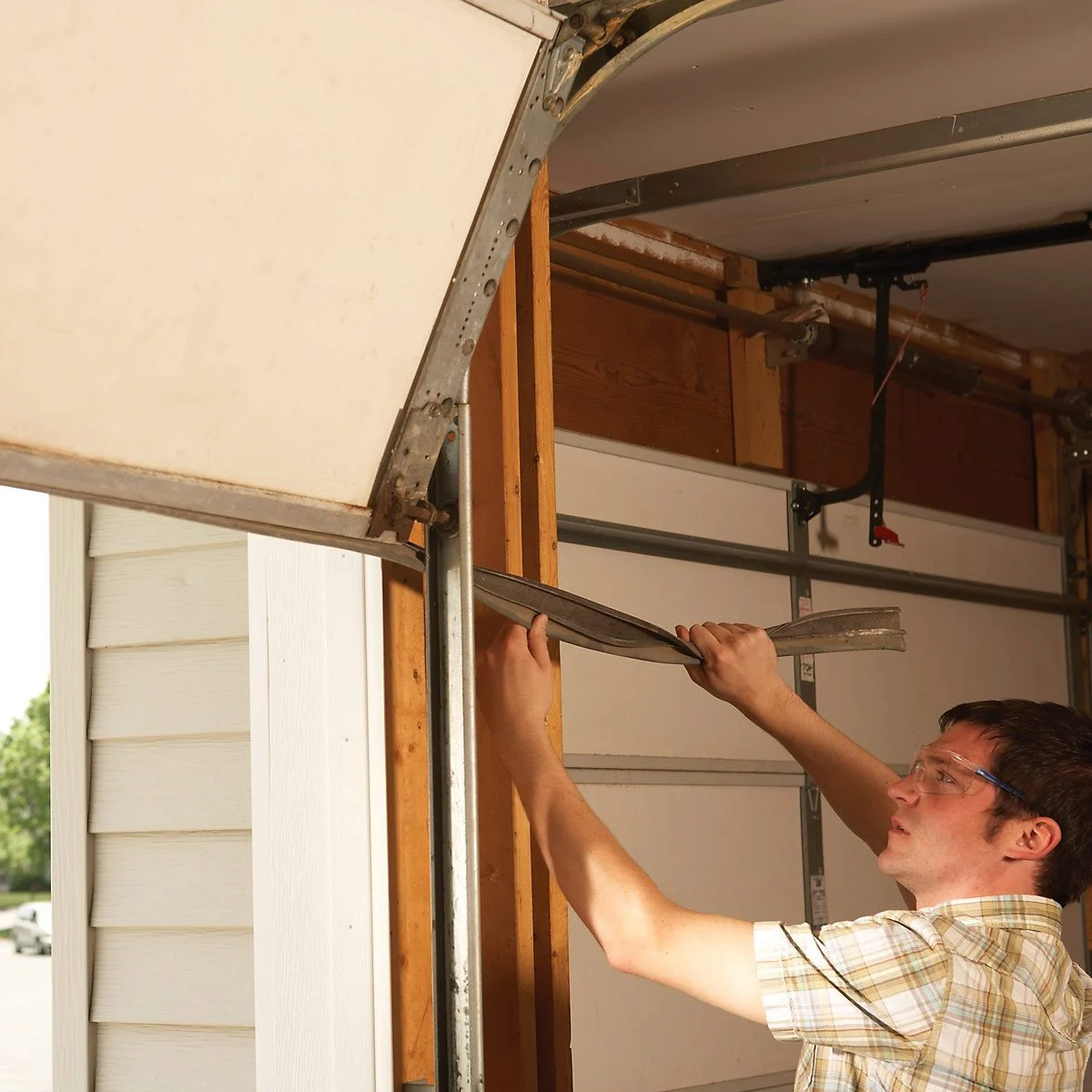

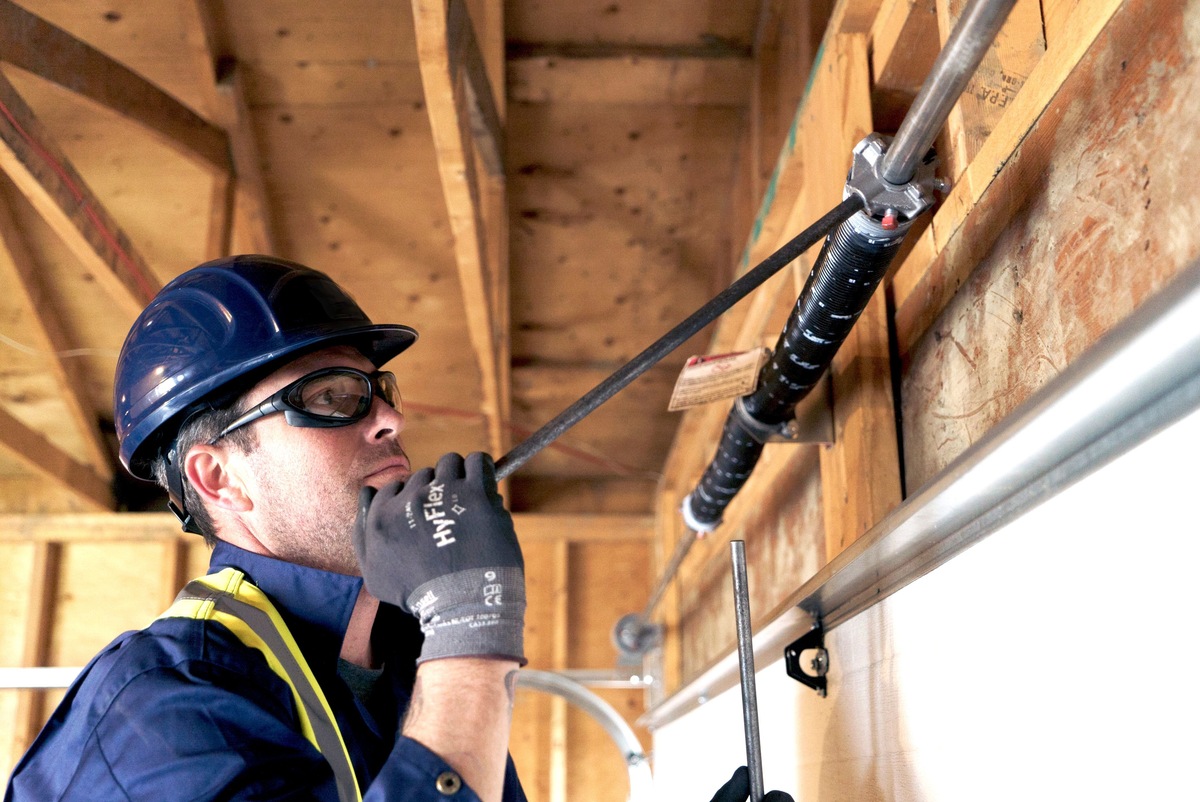
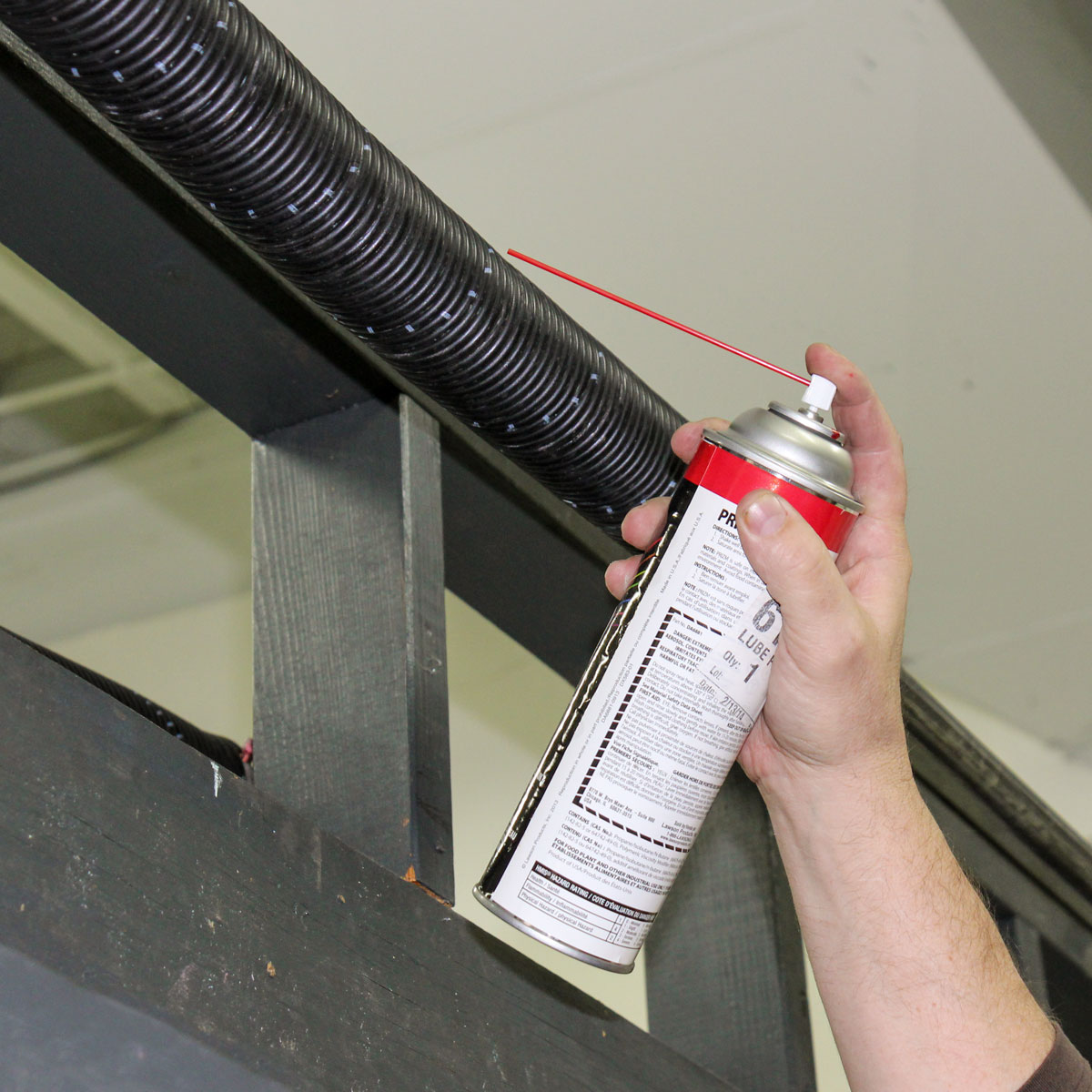



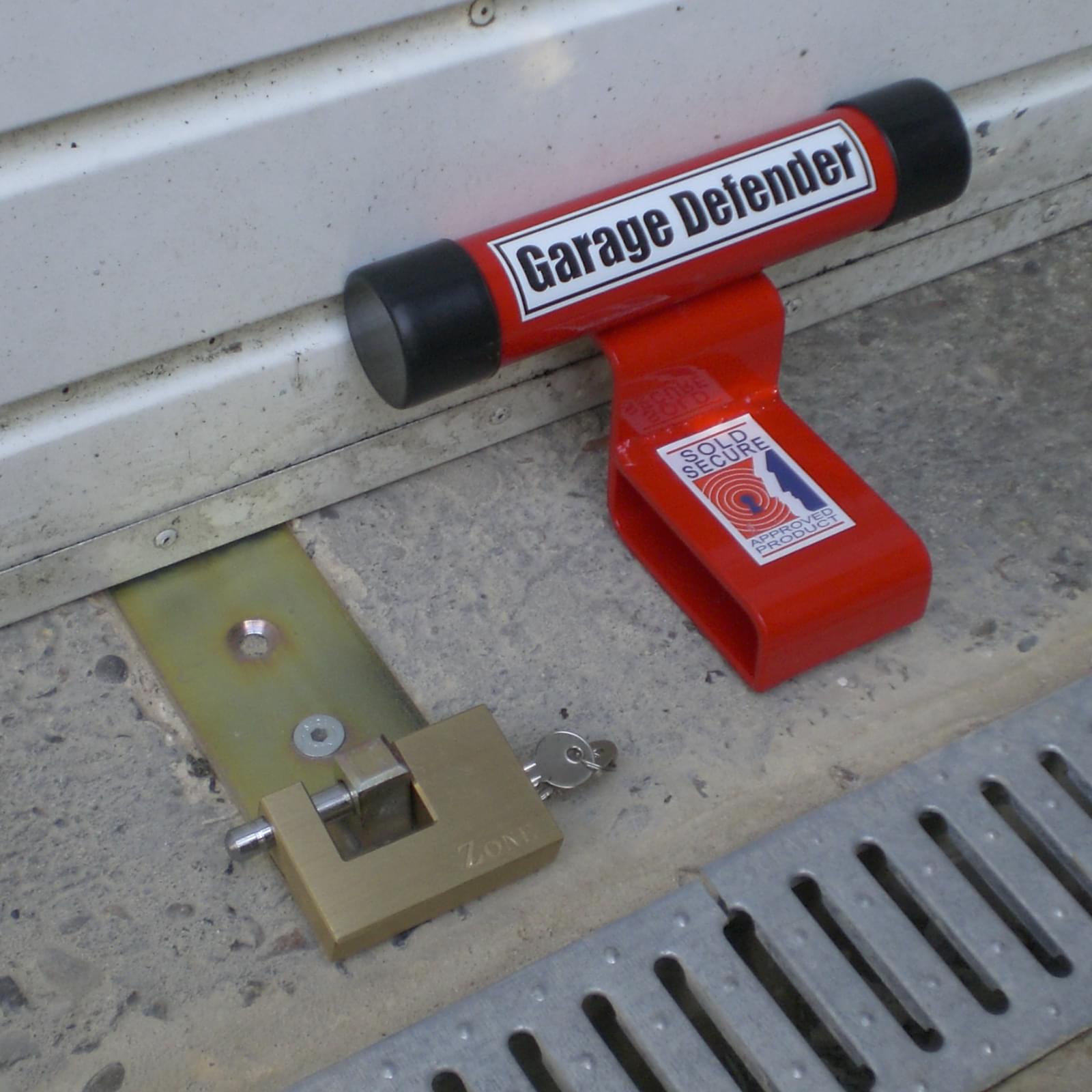





0 thoughts on “How To Weigh Garage Door”